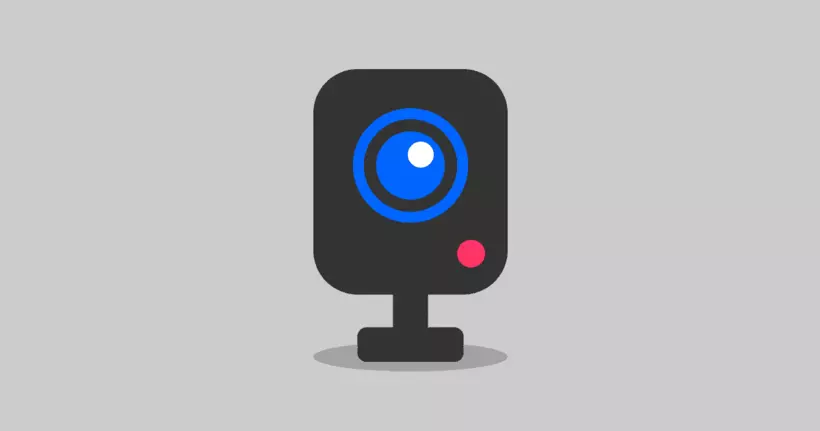Consider the long-term impact of exposure
There are a number of key motivators for the young vlogger. Some young people like the possibility of a financial reward for engaging in activities that they already enjoy such as gaming, producing music, socialising with friends or sharing their opinion.
If successful in generating an income, children and teens, as with all financial decisions, will need direction to make sound decisions relating to investment and purchases.
As adults who have watched the rise and fall of child actors will know, fame can be fickle. Yet, the impact on a young person’s education, reputation and financial sense will last a great deal longer.
Complying with community rules
The sheer number of site users means that vloggers often feel compelled to produce controversial or shocking content to ensure maximum visibility.
Adults need to support children to ensure that they comply with policy and laws relating to copyright, fair use, slander, libel and harassment.
Some children will feel a sense of release and acceptance from the publication of a confessional style video, during which they talk about their mental health or an issue that they are facing. Additionally, they will likely garner positive feedback from others within the community. However, parents and carers should discuss with their children the potential impacts on their wellbeing and reputation in both the present and future.
Obsession with likes, shares and views
The popularity of video-sharing platforms like YouTube and the prevalence of young people who produce and view the content clearly indicate that vlogging is a highly rewarding activity. However, as in the case of texting, sharing and interacting online, evidence suggests that some young people become obsessed with chasing likes, views, shares and comments. If they don’t receive that feedback, they might feel unhappy or even depressed.
Therefore, a teen might want to create more content, perhaps at the cost of sleep, their school work or personal relationships.


